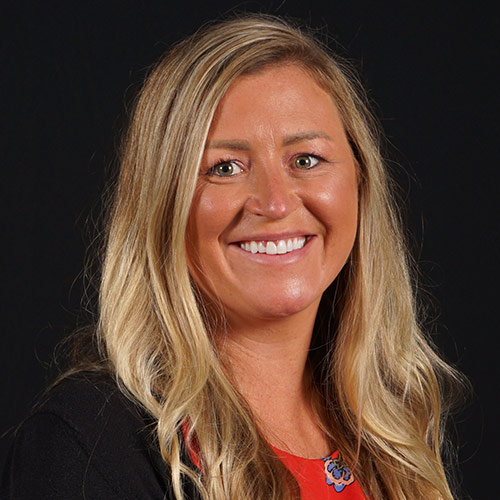Doctor of Nursing Practice Program
Karen Parham, DNP, NP-C, RN

-
Committee Chair Name & Credentials:
Karen Hande PhD(c), DNP, ANP-BC, CNE, FAANP, ANEF
DNP Project Abstract
Multidimensional Wellness Improvement Through Marketing and Technology Interventions
Purpose
Obesity is a co-morbidity for chronic health concerns such as; diabetes, hypertension, and COPD. More than 42.7% of Americans are obese in the United States (BMI >/= 25.0), and 9.2% are morbidly obese (BMI >/= 40.0). Citizens in rural areas, with social determinants of health, food disparities, decreased accessibility to care, lower education, and lower-income households, are at greater risk of obesity. Obesity affects physical health, and when one dimension of wellness is affected so are the other seven dimensions; emotional, financial, intellectual, social, occupational, environmental, and spiritual. In a rural primary care clinic, weekly free weight loss classes are offered to all patients, yet attendance remains low. This project aimed to increase the attendance rate to weekly weight loss classes of patients with a BMI of 25.0 or greater from 0.2% to 5% over an eight-week period.
Methods
Attendance rates to a weekly weight loss class were measured before and after implementing evidence-based interventions. Patients with a BMI of 25.0 or greater attending before project implementation from November 2, 2021, to December 20, 2021 (.002) were compared to attendance rates post marketing and technology interventions (updated clinic website and Facebook weight loss class information, updated weight loss class flyer & posting of flyer’s in the waiting and patient rooms, updated attendance roster, and reminders sent via text 48-hours before class) for eight weeks from October 3, 2022, to November 28, 2022 (.01).
Results
Attendance post-intervention increased from 0.2% (.002) to 1% (.01) post-intervention. Attendance did not meet the project’s aim , however, marketing and technology interventions improved wellness, supporting use in clinical practice.
Implications for Practice
Project limitations, and extraneous variables, allow for future adaptations of the project such as extended length of data collection and before and after surveys to determine reason for nonattendance.




